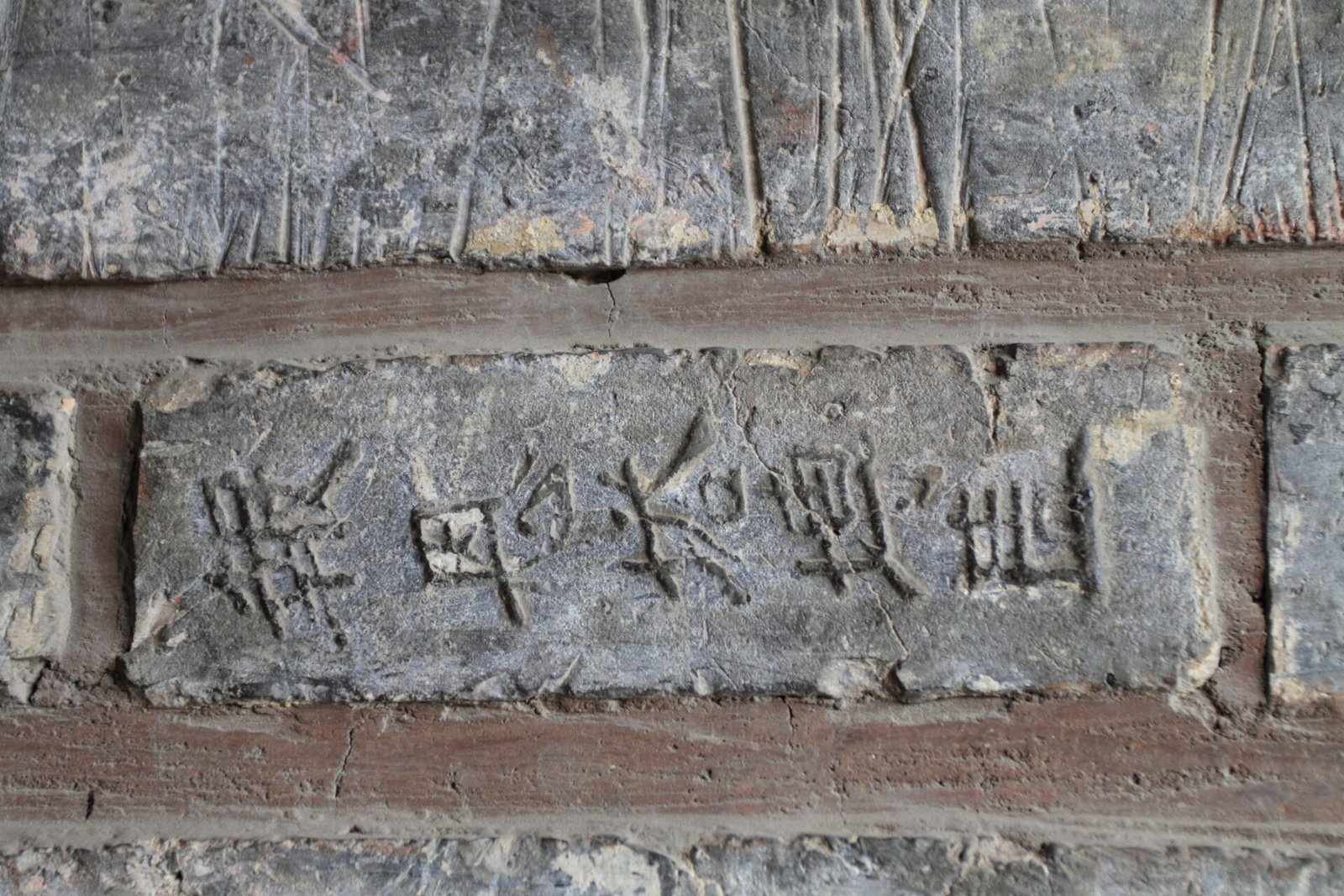In the bustling cityscape of east China’s Nanjing, a beacon of serenity and spirituality has stood for centuries, unyielding to the vicissitudes of time—the Grand Bao’en Temple. This hallowed space, steeped in ancient history and rich traditions, is now undergoing an enchanting metamorphosis. Today, as you step into its sacred confines, you will witness not just its old-world charm but also a futuristic marvel—a “high-tech” Buddha. This splendid union of the venerable art of yore and the cutting-edge technology of today presents a unique tapestry that harmoniously weaves the past with the present.
A Storied Past
The Grand Bao’en Temple has long been a cornerstone of spiritual life in Nanjing. Its sprawling architecture and intricate designs are a testament to the meticulous craftsmanship of ancient builders. For those who tread its ancient stones, the temple has always been a portal to another era, a place where time seems to stand still, and the mind can find solace.
Over the ages, the temple has seen the rise and fall of dynasties. It has witnessed countless pilgrims and seekers coming to its doors, searching for answers, peace, or simply a moment of quiet reflection. The echoing chants, the soft glow of candles, and the fragrant waft of incense have always been the constants in this sanctuary.
The Dawn of a New Age
But, like all things, change is inevitable. And in today’s fast-paced digital world, even the most traditional spaces aren’t immune. Yet, rather than resist, the caretakers of the Grand Bao’en Temple have chosen to embrace this change. In doing so, they’ve ushered in a novel experience that remains respectful to its ancient roots while catering to the sensibilities of the modern visitor.
Enter the “high-tech” Buddha.
At first glance, one might be taken aback. After all, what place does technology have in such a sacred and historical milieu? But as you look closer, you begin to appreciate the sheer genius of this melding. The Buddha, while utilizing the latest technological innovations, doesn’t feel out of place. Instead, it adds a new layer of depth and dynamism to the temple’s ambiance.
Merging Two Worlds
The “high-tech” Buddha is a breathtaking spectacle. It combines the sublime beauty of ancient artistry with the precision of modern engineering. While its form retains the traditional semblance, the materials and the mechanisms within are undeniably futuristic. This is not just a statue; it’s an interactive experience. As visitors approach, sensors detect their presence, triggering subtle changes in lighting and even producing soft, meditative sounds that enhance the overall atmosphere.
This amalgamation serves a dual purpose. For the older generation, it offers a touchstone—a familiar figure rendered in a way that pays homage to tradition. For the younger, tech-savvy visitors, it presents an engaging and captivating experience, ensuring that the temple remains relevant and appealing in an age dominated by screens and digital interactions.
Bridging the Gap
In many ways, the inclusion of the “high-tech” Buddha is emblematic of the broader shifts happening in societies worldwide. As we grapple with the challenges and opportunities of the digital age, there’s a pressing need to find balance. How do we preserve our rich histories and traditions while also moving forward? How do we ensure that our past informs and enriches our future rather than holding us back?
The Grand Bao’en Temple provides a compelling answer. By seamlessly integrating technology into its sacred space, it demonstrates that respect for tradition and the embrace of innovation are not mutually exclusive. On the contrary, when approached with thoughtfulness and vision, they can complement and enhance each other.
The Experience of the Modern Pilgrim
For today’s visitor to the Grand Bao’en Temple, the experience is multi-dimensional. As they wander the temple grounds, they are privy to both the age-old rituals and practices that have been carried out for centuries and the marvel of the “high-tech” Buddha that seems to hum with modern energy.
The result is an immersive journey that spans epochs. From the worn stone steps that have felt the weight of countless devotees to the digital interfaces that offer interactive insights into Buddhist teachings, there’s a richness of experience that is both educational and spiritual.
Conclusion: A Blueprint for the Future?
As societies globally grapple with the rapid pace of technological change, the Grand Bao’en Temple stands as a testament to the possibilities that arise when we approach change with an open heart and a reverence for the past. Its “high-tech” Buddha is not just a novelty; it’s a symbol—a beacon that shows the way forward.
In embracing both its ancient legacy and the innovations of today, the temple invites us all to ponder how we might do the same in our lives and communities. After all, in a world that often feels fragmented, perhaps the key to harmony lies
Read More:
